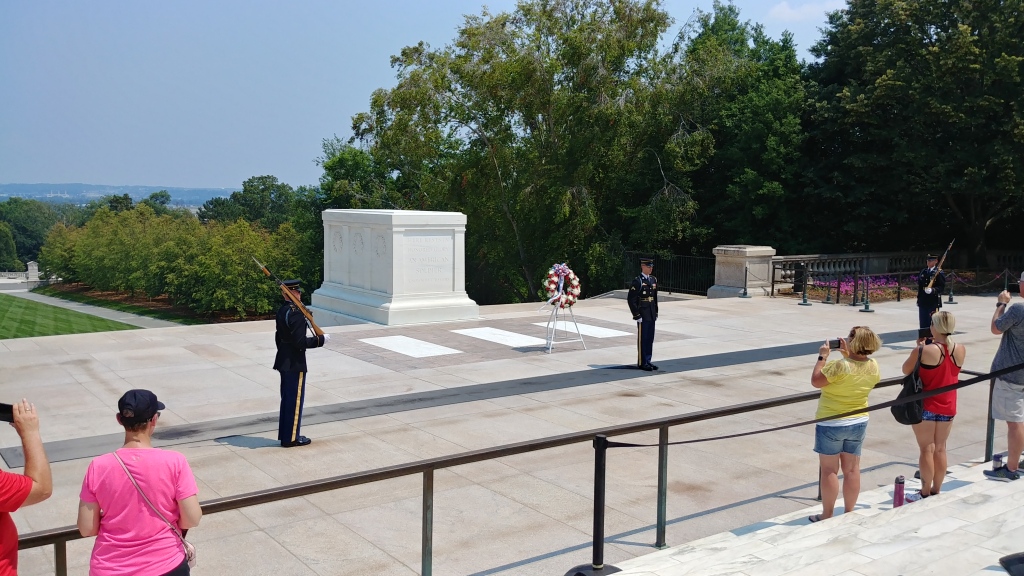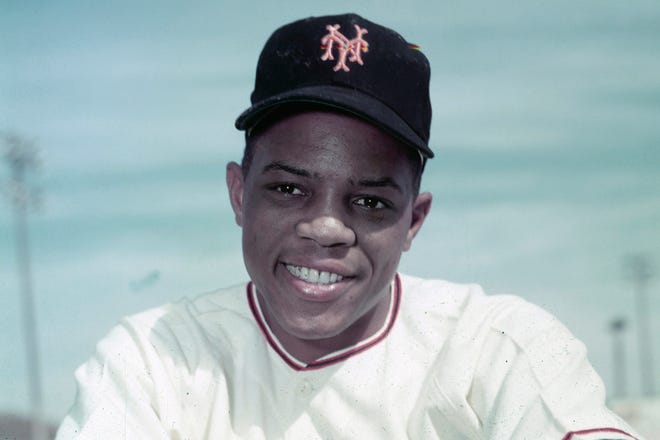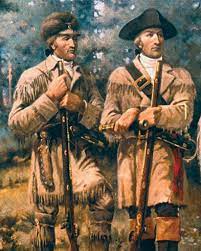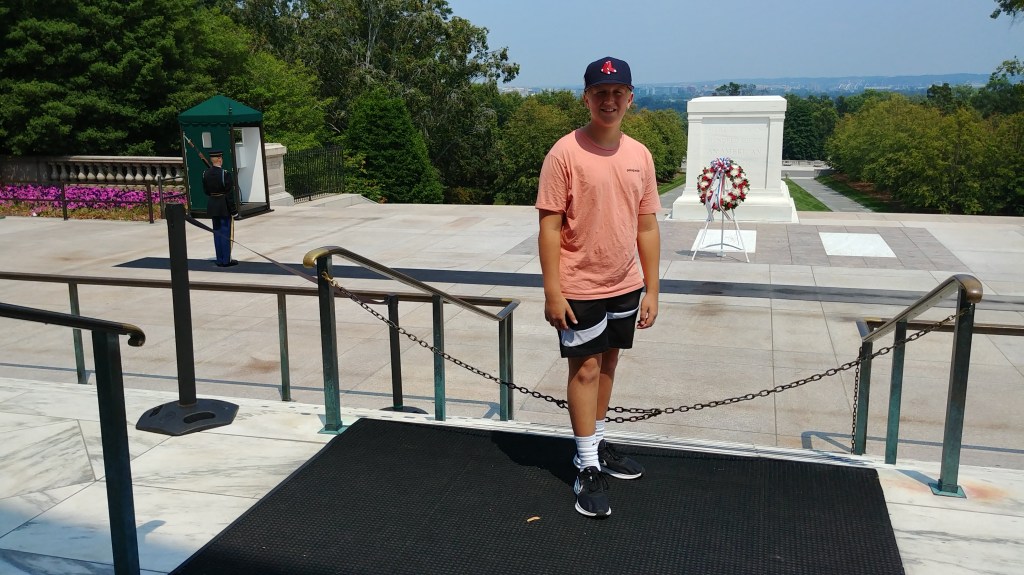(Note: This essay was originally published as “Origins of the Tomb of the Unknown Soldier,” in the Newport Daily News on November 13, 2021.)
This November 11 is the 100th anniversary of the dedication of the Tomb of the Unknown Soldier in Arlington National Ceremony, Arlington, Virginia.
The idea to honor the remains of unidentified American soldiers, we borrowed from France and the United Kingdom
The dedication of the Tomb came three years after the end of World War I, “the Great War,” 1914-1918, in which close to two dozen countries actively participated, killing some 9 million combatants with an additional seven to ten millions civilian deaths. Four empires fell: the German, the Austro-Hungarian, the Russian, and the Ottoman Empire.
Our Veterans Day was originally called Armistice Day, the day the guns fell silent ending WW I. It occurred at the 11th hour, on the 11th day, in the 11th month of 1918. In 1954, President Dwight Eisenhower signed the bill changing it to Veterans Day.
Three years after the end of WWI, the Tomb of the Unknown Soldier was dedicated. Its mission: to ensure that all service-members who make the ultimate sacrifice for their country are never forgotten.
The Tomb was proposed through a joint resolution of Congress, sponsored by Rep. Hamilton Fish III (R-NY), who had served as an officer in the 369th Infantry Regiment. He believed that this “unknown soldier” should not be taken from any particular battlefield “but should be chosen that nobody would know his identification or the battlefield he comes from.” President Woodrow Wilson approved the legislation supporting the resolution on March 4, 1921.
The remains were selected from an American cemetery in France and brought to the nation’s capital. With the casket lying in state in the rotunda of the U.S. Capitol, an estimated 90,000 people paid their respects.
On the morning of November 11, 1921, President Warren Harding, Gen. John Pershing, Commander of the American Expeditionary Forces, and other American and foreign dignitaries assembled at Arlington National Cemetery and were greeted by an estimated crowd of 100,000.
Pres. Harding was the main speaker. “Hundreds of mothers are wondering today, finding a touch of solace in the possibility that the nation bows in grief over the body of the one she bore to live and die, if need be, for the Republic.”
We do not know the eminence of his birth, but we do know the glory of his death. He died for his country, and greater devotion hath no man than this. He died unquestioning, uncomplaining, with faith in his heart and hope on his lips, that his country should triumph and its civilization survive.”
“This American soldier went forth to battle with no hatred for any people of the world, but hating war and hating the purpose of every war for conquest.”
“Today’s ceremonies proclaim that the hero unknown is not un-honored.”
It began as an unguarded site. Civilian guards were added in 1925, changing to military guards the following year. In 1937, the guard was upgraded to a ceremonial honor guard that operates day and night, rain or shine, 24/7.
The number 21 plays an important role in the sentinel’s guard service, tied to the highest honor the military can give: a 21-gun salute.
The sentinel marches 21 steps to the south, turns to the east and holds that position for 21 seconds. The sentinel then turns north, waits for 21 seconds, and marches with precision 21 steps to the north. The sentinel then turns to the west and repeats the process.
Women were added to the prestigious guard detail in 1996. Each time, he or she changes direction, an arms movement is conducted with the M-14 rifle. This is meant to keep the weapon on the shoulder closest to the visitors, indicating the guard’s intent to protect the tomb from any outside threat.
October through March, there is a changing of the guard on the hour. April through September this occurs every half-hour.

I visited the tomb and small museum this past summer and watched the very solemn and impressive changing of the guard. There are actually four tombs. Three contain the remains of an unknown soldier from WW I, from WW II, and from the Korean Conflict.
The remains of the unknown soldier from the Vietnam War were exhumed in 1998 and identified using modern technology. Since then, the crypt for an unknown Vietnam War soldier has remained empty.
A retired Army officer, Fred Zilian (zilianblog.com; Twitter: @FredZilian) is an adjunct professor of history and politics at Salve Regina University and a regular columnist.
Sources:
Apple, Charles. “At Rest and On Guard.” Military Officer Magazine, November 2021.
Maze, Rick. “Honoring the Unknown.” Army Magazine, November, 2021.
Vaughan, Don. “A Century of Honor.” Military Officer Magazine, November 2021.














